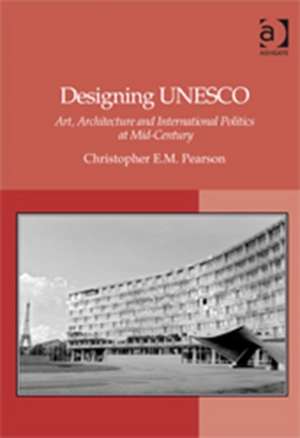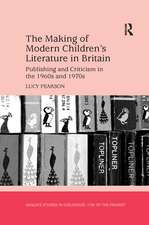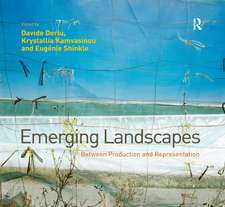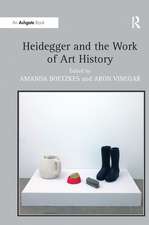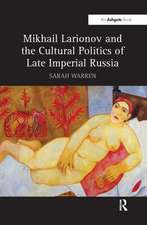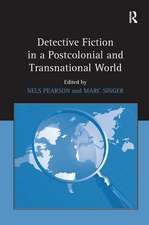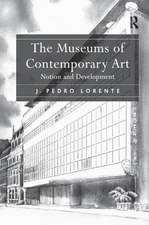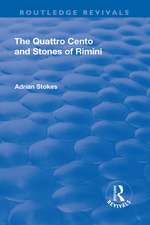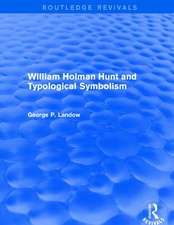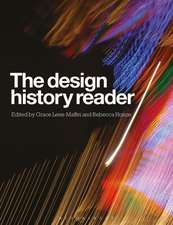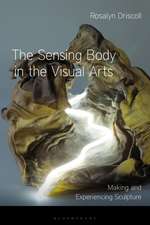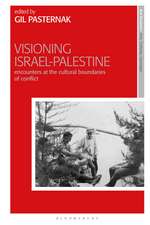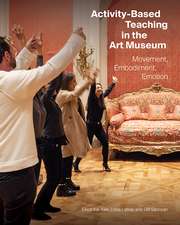Designing UNESCO: Art, Architecture and International Politics at Mid-Century
Autor ChristopherE.M. Pearsonen Limba Engleză Hardback – 28 feb 2010
| Toate formatele și edițiile | Preț | Express |
|---|---|---|
| Paperback (1) | 338.33 lei 6-8 săpt. | |
| Taylor & Francis – 15 noi 2016 | 338.33 lei 6-8 săpt. | |
| Hardback (1) | 854.66 lei 6-8 săpt. | |
| Taylor & Francis – 28 feb 2010 | 854.66 lei 6-8 săpt. |
Preț: 854.66 lei
Preț vechi: 1182.22 lei
-28% Nou
Puncte Express: 1282
Preț estimativ în valută:
163.56€ • 177.60$ • 137.39£
163.56€ • 177.60$ • 137.39£
Carte tipărită la comandă
Livrare economică 23 aprilie-07 mai
Preluare comenzi: 021 569.72.76
Specificații
ISBN-13: 9780754667834
ISBN-10: 0754667839
Pagini: 412
Dimensiuni: 174 x 246 mm
Greutate: 0.84 kg
Ediția:1
Editura: Taylor & Francis
Colecția Routledge
Locul publicării:Oxford, United Kingdom
ISBN-10: 0754667839
Pagini: 412
Dimensiuni: 174 x 246 mm
Greutate: 0.84 kg
Ediția:1
Editura: Taylor & Francis
Colecția Routledge
Locul publicării:Oxford, United Kingdom
Cuprins
Contents: Foreword; The dialectics of modernism: UNESCO as form and symbol; Reconstruction and synthesis: the institutional and intellectual origins of UNESCO; 'Synthesis of the major arts': Le Corbusier in Paris and at the United Nations; UNESCO headquarters: the first project, 1952; UNESCO headquarters: the Porte Maillot project, 1952; UNESCO headquarters: the final project, 1953; UNESCO headquarters: construction 1953-58; The art advisers; Sun, moon, constellation and reclining figure: the art of UNESCO; Conclusions; Appendix: the later history of UNESCO headquarters; Bibliography; Index.
Notă biografică
Christopher E.M. Pearson (MA, Christopher E.M. Pearson (MA, Courtauld Institute; PhD, Stanford), a scholar of modern art and architecture, has taught at Stanford University, U.C. Davis, Arizona State University, the University of Oregon, and Trinity University (San Antonio). In 2006 he was a founding faculty member of Quest University Canada. Institute; PhD, Stanford), a scholar of modern art and architecture, has taught at Stanford University, U.C. Davis, Arizona State University, the University of Oregon, and Trinity University (San Antonio). In 2006 he was a founding faculty member of Quest University Canada.
Recenzii
'A major contribution to the study of modernist art and architecture of the mid-20th century...an original, comprehensive and well-written account of an important subject on which it is certain to become the standard text.' Sophie Bowness, independent scholar
'In this fascinating, detailed narrative, the Canadian architectural historian Christopher E. M. Pearson has turned what might have been a plodding account of a now obscure building into an enthralling cultural history.' The Art Newspaper
'In this fascinating, detailed narrative, the Canadian architectural historian Christopher E. M. Pearson has turned what might have been a plodding account of a now obscure building into an enthralling cultural history.' The Art Newspaper
Descriere
Designing UNESCO represents the first full-length monograph on the genesis, construction and reception of the Paris headquarters of the United Nations' Educational, Scientific and Cultural Organization (UNESCO). The author shows its history to constitute a unique nexus of modernist practices in twentieth-century international politics, art, architecture and criticism. It is a compelling and original account of one of the most important buildings of twentieth-century modernism.
